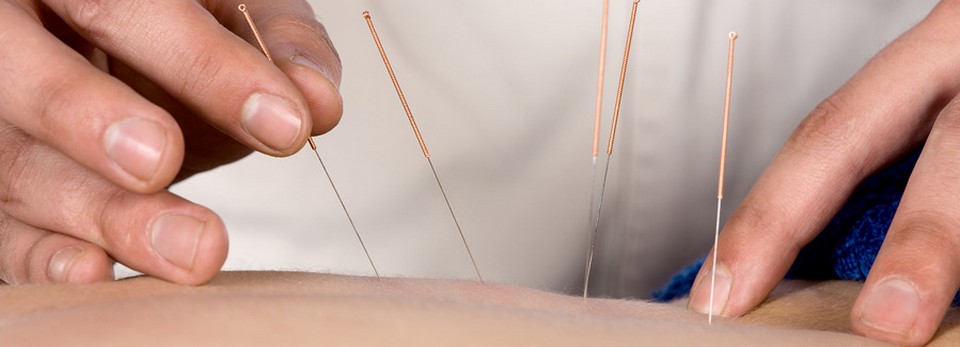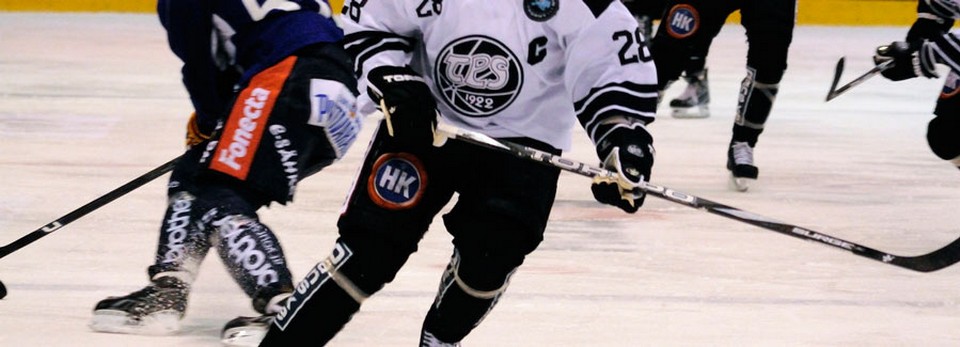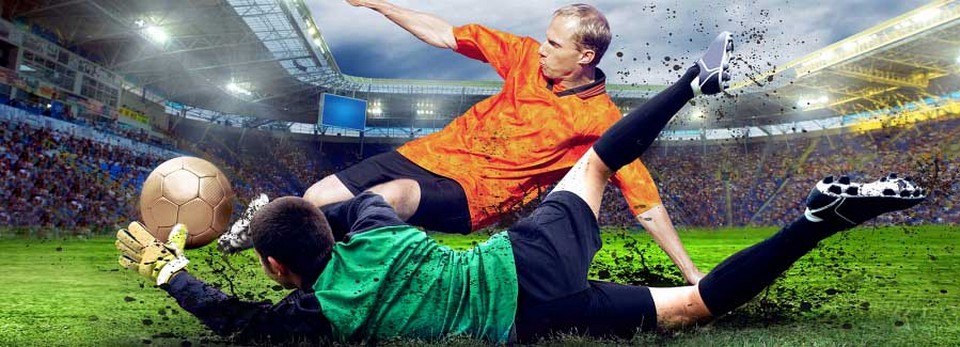Physiotherapy in Lower Sackville for Shoulder
Q: I confess I'm not much for exercise, so when I was diagnosed with snapping scapula syndrome, I skipped the surgeon's recommendation for physiotherapy and just took the antiinflammatory pills. But six weeks later and I'm still not any better really. Maybe if I knew what was involved with therapy, I might be more motivated to go. What can you tell me?
A: If you have a snapping scapula syndrome, then you know that almost every time you raise your arm forward (shoulder flexion) or out to the side (shoulder abduction), you feel and/or hear a pop or crack. This sound is also referred to as crepitus. The sound is made by some soft tissue rubbing between the scapula (shoulder blade) and the thoracic wall. The tissue caught between these two structures could be a bursa, tendon, or muscle. People with this problem may or may not experience pain with the movement.
With the snapping scapula syndrome, there is a disturbance in the way the scapula moves over the thoracic wall. This altered movement pattern is called scapular dyskinesis or scapular dyskinesia. Often there are postural and muscular imbalances contributing to this syndrome. That's where a physiotherapist can help you with some simple and usually easy-to-do exercises to restore normal alignment and movement.
Making sure the head, neck, and shoulders line up and work together in a coordinated way with the rest of the body is part of a rehab approach called the kinetic chain model. Kinetic chain rehab is very much like the old song that says the neck bone's connected to the shoulder bone and the shoulder bone's connected to the elbow and so on. Each body part moves in relation to all the other body parts from head to toe.
Creating a rehab program for scapular dyskinesia takes into account all postural components, not just around the head, neck, shoulder, or scapula. Core training as well as individual muscle strengthening progresses through a stepwise program over a period of 10 to 12 weeks. The patient is guided through the acute phase to recovery and beyond into a maintenance phase. The goal is to restore dynamic scapular control, muscle endurance, and a return to the normal 2:1 glenohumeral-to-scapulothoracic rhythm.
Plyometrics, a fairly new exercise approach that many patients find unique and fun. The exercise training involves fast, powerful movements. Athletes use it to improve the functions of the nervous system, generally for the purpose of improving performance in sports.
But anyone can use these techniques -- being a sports athlete isn't a requirement. During plyometric movements the scapular and shoulder muscles are loaded and then contracted in rapid sequence. Plyometric training involves practicing these movements to toughen tissues and train nerve cells with the goal of getting the muscles to contract in a specific pattern in the shortest amount of time.
Although studies haven't proven that plyometrics is the most effective way to overcome scapular dyskinesia and eliminate the snapping syndrome, many patients have experienced success and enjoy the process at the same time.
Reference: Meredith A. Lazar, MD, et al. Snapping Scapula Syndrome. In Journal of Bone and Joint Surgery. September 2009. Vol. 91. No. 9. Pp. 2251-2262.








